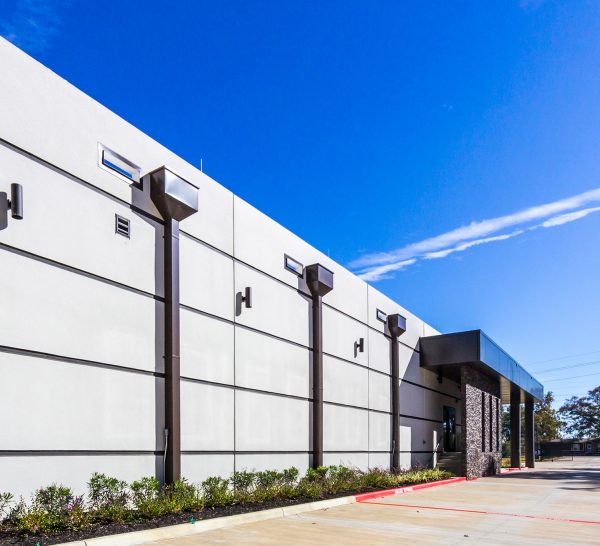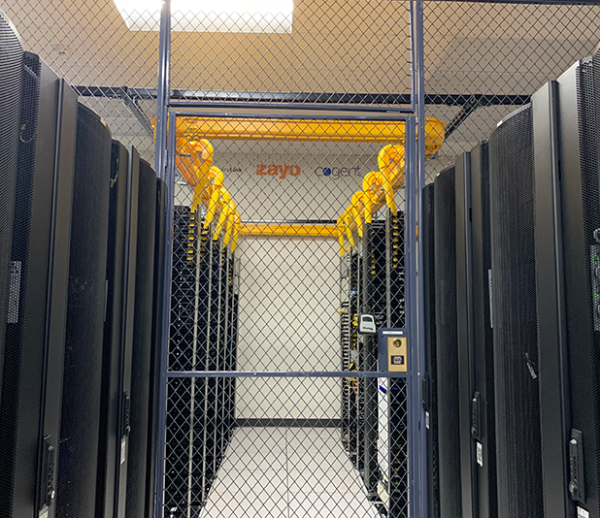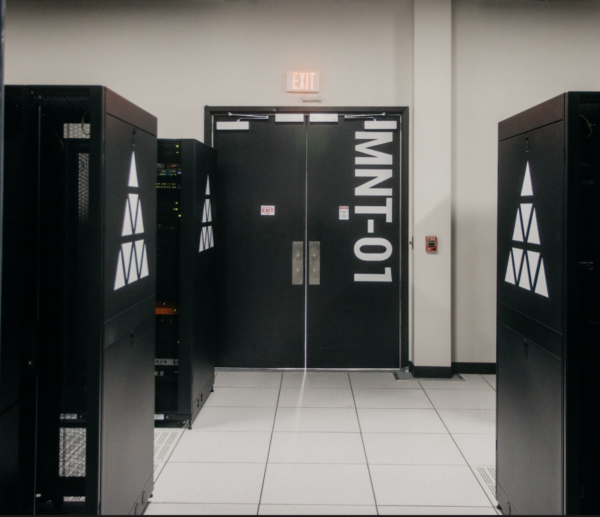To keep up with the rapidly evolving digital landscape, your business needs information technology (IT) systems that are agile, secure, and cost-effective.
Enter hybrid IT, a strategic approach that uses a mix of on-premises infrastructure and cloud-based services to create a flexible, scalable, and optimized IT environment.
Organizations in virtually every industry can benefit from hybrid IT, using it to simplify things like resource management, improve business continuity, and adopt new applications that propel their businesses forward.
What is Hybrid IT?
Hybrid IT refers to an IT infrastructure model that integrates traditional on-premise systems with cloud-based resources.
It allows you to run workloads and applications across private and public environments, allowing you to choose the best setting for your data and security needs.
A hybrid IT approach enables you to use cloud-based solutions as needed while keeping sensitive processes in-house.
As such, it can be especially beneficial for organizations that face tight regulations but also need scalable storage and computing resources.
Key Components of Hybrid IT
The essential elements of a thriving hybrid IT environment are as follows:
- On-Premise Infrastructure: Legacy servers, networking hardware, and storage systems that you can read and write data from/to
- Private Cloud: A dedicated, secure cloud environment hosted by a third party
- Public Cloud Services: Scalable platforms (like AWS, Azure, or Google Cloud) that are used for computing or data processing needs
- Hybrid Cloud Management: Tools and platforms that unify monitoring, provisioning, and automation across environments
- Network Integration: Ensures seamless connectivity between your entire IT ecosystem
- Security and Compliance Tools: Unified policies and tools for identity management, access control, and governance
The hybrid approach is best suited for organizations that already have extensive on-premises infrastructure that they want to maintain but are also in need of scalable cloud resources.
How Hybrid IT Works
In a hybrid IT environment, you control how your workloads are distributed and supported. Depending on your specific requirements, you can also choose to move them between on-premise and cloud systems.
For example, you may store sensitive customer data in a private infrastructure while running less sensitive applications on public cloud platforms in order to promote scalability.
A central management layer will help orchestrate these systems and handle everything from service provisioning to automated scaling, effectively optimizing your performance and keeping your IT costs in check.
Additionally, while the hybrid IT approach involves keeping some on-premises resources in place, you can, in fact, outsource your IT management to a third-party.
For instance, outsourcing management of your cloud resources can help reduce the burden on your in-house information technology team while ensuring you have access to the expertise and support necessary to promote a complete digital transformation.
Benefits of Hybrid IT
A hybrid IT model isn’t a compromise or sacrifice; it’s an alternative approach that many organizations are gravitating toward as they address their complex IT needs.
Some key advantages of hybrid IT include the following:
- Flexibility: Run workloads in the most appropriate environment
- Cost Efficiency: Use public cloud resources for capacity or to support short-term projects
- Improved Security: Keep critical assets on-prem while taking advantage of cloud resilience
- Business Continuity: Implement and scale disaster recovery solutions more easily
- Agility: Deploy new services and applications faster
Adopting a hybrid approach can help you innovate without being slowed down by the limitations of a single environment.
However, unlocking these benefits requires diligence and a transformation strategy tailored to the unique needs of your business.
Challenges of Hybrid IT
The motivation behind adopting a hybrid IT model is what is fueling your digital transformation. However, moving to it does come with challenges, which can unravel your transformation efforts.
Here are some common reasons why digital transformation fails and how to prevent them from taking root:
- Complex Management: Coordinating different platforms requires robust tools and IT management practices
- Security Risks: Ensuring consistent policy enforcement across environments is crucial
- Integration Issues: Legacy systems may not natively integrate with cloud platforms
- Cost Tracking: Expenses can spiral across multiple services without proper oversight
Hybrid cloud management can provide the answer to all of these frustrating challenges. Outsourcing all of the planning, integration, and ongoing management tasks to a third party that is well-versed in the hybrid model can save you time and money.
Use Cases and Examples for Hybrid IT
Hybrid IT is already transforming the way that several industries manage their data. Here are three great examples:
- Healthcare: Patient records remain on-premises for compliance, while AI-powered diagnostic tools and revenue management software run on the cloud
- Finance: Transactional systems are kept in private data centers, but analytics workloads scale to the public cloud
- Retail: Point-of-sale systems stay local while customer insights are processed in cloud environments
These are just a few instances where the hybrid approach helps organizations remain compliant while also promoting scalability. The key is to build a robust infrastructure and identify which data needs to go to each location.
Generally speaking, it’s best to keep tightly regulated information either on-premises or in a private cloud environment; the public cloud is ideal for accessing storage and compute resources for tools that do not contain sensitive data.
Hybrid IT vs. Other IT Models
The best way to determine whether hybrid IT is the right approach for your business is to compare the model to other popular options.
Hybrid IT vs. Traditional IT
Traditional IT models rely solely on on-premise hardware. The limitations of such an approach are well known and include the following:
- High upfront costs
- Limited flexibility and scalability
- Long-term management expenses
Solely relying on on-premises hardware limits your organization’s ability to adapt to new technology trends. Anytime you need additional computing power or storage, you’ll have to purchase and install additional hardware.
A hybrid approach uses cloud scalability, which enables rapid innovation. That doesn’t mean you must abandon your existing systems; instead, you can retain in-house resources to support sensitive tasks.
Hybrid IT vs. Cloud-First Approaches
Cloud data centers are ubiquitous in today’s digital-first world. When cloud-based models first hit the mainstream, businesses around the globe were flocking to them, as they promoted scalability and cost-effectiveness that on-premises models simply could not (and still cannot) match.
However, a cloud-first approach moves most, if not all, workloads to the public cloud. Though that offers elasticity, it may introduce security and management complexities that are bad for business.
Hybrid IT strikes a balance by retaining critical on-premises infrastructure while using the cloud to fill in the gaps.
Trends and the Future of Hybrid IT
The following factors are shaping the future of hybrid IT:
- Edge Computing: Combining hybrid IT with edge environments to reduce latency
- AI and Automation: Intelligent tools that simplify hybrid IT management and improve efficiency
- Sustainability Goals: Hybrid models help optimize energy consumption by allocating workloads to the most efficient platforms
- Resilience and Compliance: Industries under heavy regulation continue to rely on hybrid models for greater control
AI data centers are changing infrastructure as we know it, fueling the demand for hybrid management services.
Learn More About Hybrid IT
Hybrid IT allows you to bridge the gap between existing infrastructure and cloud-based environments, allowing you to adapt without overhauling your entire tech stack.
In other words, it provides the best of both worlds: control over your most sensitive data alongside public scalability.
At TRG Datacenters, we specialize in helping organizations identify and implement the best technology strategy to support their short and long-term growth.
For a deeper dive into hybrid IT and how to make it work for your organization, contact us today.
Looking for colocation?
For an unparalleled colocation experience, trust our expert team with three generations of experience







